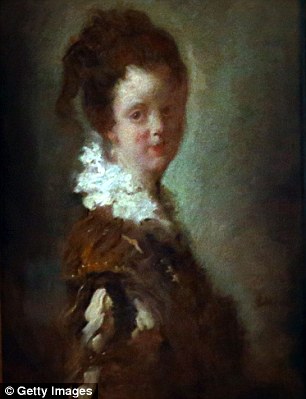Spot the Fake Masterpiece
Friday 24th April 2015 Social experiments are hardly anything new to the art world. Performance art, that often most conceptual of all art movements, is intrinsically based on social perceptions and the way we interact with the world around us. In the latest twist, though not exactly a performance art piece, an art gallery has been challenging its visitors to take a turn playing art authenticator and attempt to determine which is a true masterpiece and which is a fake. Dulwich Picture Gallery, which has Jean-Honoré Fragonard’s 18th-century work Young Woman hanging on its walls, ordered a hand-painted copy of the piece from China for about £70, and asks visitors to take a guess at which is the original and which is relatively worthless.
Social experiments are hardly anything new to the art world. Performance art, that often most conceptual of all art movements, is intrinsically based on social perceptions and the way we interact with the world around us. In the latest twist, though not exactly a performance art piece, an art gallery has been challenging its visitors to take a turn playing art authenticator and attempt to determine which is a true masterpiece and which is a fake. Dulwich Picture Gallery, which has Jean-Honoré Fragonard’s 18th-century work Young Woman hanging on its walls, ordered a hand-painted copy of the piece from China for about £70, and asks visitors to take a guess at which is the original and which is relatively worthless.
The entire exhibit was the brainchild of American artist Doug Fishbone, and is entitled Made in China. Bray raised some interesting points about the possible future of the fake painting, as well, and probably quite valid ones (although nothing so grand as if a more prominent gallery had pulled off the same experiment. "It will be very interesting to see what happens when the counterfeit leaves the gallery. Will it achieve significance and become a work of art? This is where the power of it being displayed in a temple of a museum could give it extra significance in the art world - that is also part of the experiment."




